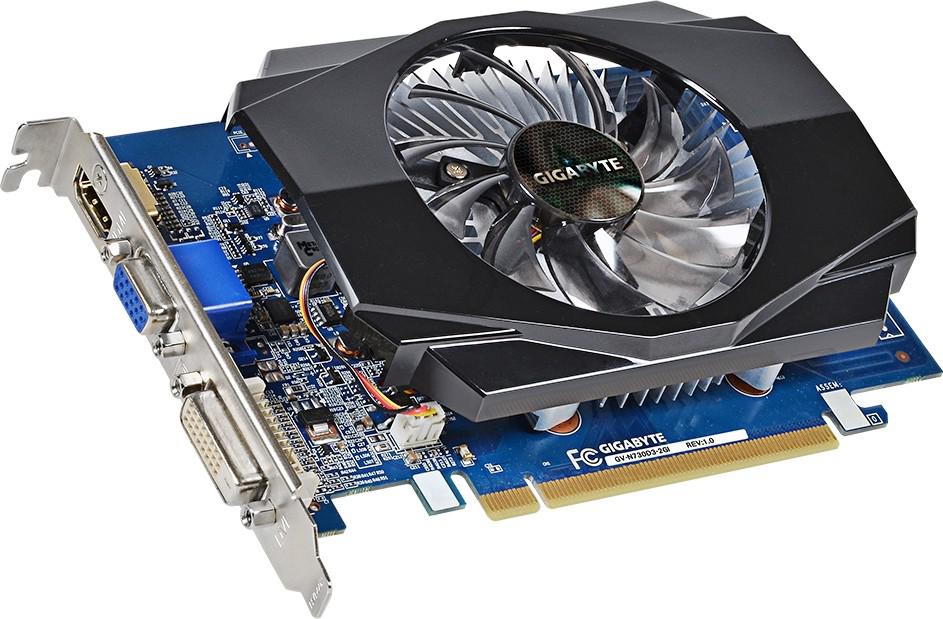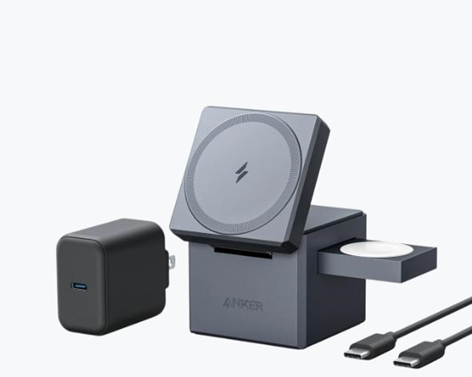GDDR3
Introduction
Compared with DDR3, the architecture of GDDR3 is closer to DDR2, and it is also developed by DDR2 as a dedicated video memory for graphics cards. In terms of speed, GDDR3 is closer to DDR2, and has a certain gap with the newer DDR3. And GDDR3 and DDR3 are completely different two generations of products. Compared with GDDR, the main innovations of GDDR3 are: the working voltage drops from 2.5V to 1.8V; the on-chip signal termination replaces the signal line connected to the end in GDDR; the output driver with dynamic impedance control; 4-bit prefetch and single Strobe to single-ended data. The combined effect of all these features is a higher data rate, better signal integrity and lower power consumption. Due to these changes, GDDR3 memory can achieve much higher data rates than the GDDR and DDR2 standards.
On-chip signal termination: As the transmission frequency rises, the signal line must be terminated with a resistor to prevent the reflected signal from interfering with the normal signal and affecting the signal quality. GDDR termination is achieved through an external resistor, which is soldered on the PCB close to the memory. External termination can slightly extend the frequency range of GDDR, but this type of termination scheme cannot meet the signal integrity required for GDDR3 that is up to 800MHz or higher. Therefore, GDDR3 uses on-chip signal termination, and its termination resistor is integrated inside the memory chip.
Another important feature that supports reliable and high-speed point-to-point transmission is the Vddq termination with adaptive impedance. The I/O interface of GDDR3 is a pseudo open-drain logic circuit with both ends of the bus terminated: one end is a dynamic control driver with a 40 ohm impedance, and the other end is a receiver with a 60 ohm signal line termination.
Basic functions
Basic functions and task allocation in 3D graphics rendering system

Graph calculation in interactive 3D games It can be divided into several basic steps that are executed in sequence. In the first step, the three-dimensional scene is calculated and generated according to the result of the instruction given by the player. The 3D scene represents the arrangement and position information of all objects in the virtual 3D world. This part of the calculation is done by the CPU in the PC. Then the CPU passes the 3D scene to the GPU. The task of the GPU is to convert the three-dimensional scene into a two-dimensional image that the monitor can display. This task performed by the GPU is called 3D rendering.
Many effects must be considered when producing actual images, such as color, texture, multiple extended light sources, shadows, reflections, transparency, light absorption, opaque materials, and so on. To achieve all these effects, powerful computing power and a particularly fast and wide memory interface are required, so that random access to the memory can be completed in the shortest waiting time. The main driving factors for memory bandwidth and capacity are the number of parameters that must be stored and quickly available, and the storage of intermediate results that are highly recalculated. Don't forget that all these calculations must be done in real time, and the computing power must exceed 40 frames per second.
Integrated and independent graphics devices
Generally speaking, graphics systems can be divided into two categories, namely integrated graphics systems and independent graphics systems. In an integrated graphics system, the graphics processing unit is embedded in the PC chipset located on the notebook and desktop motherboard. For texture storage and caching, these integrated systems use the main memory of the PC. This approach limits the performance of 3D graphics rendering in two ways. First, the maximum memory bandwidth is limited by the standard main memory bandwidth. Second, the graphics system must share this bandwidth with the CPU and other client programs that access the memory at the same time on the PC. It is clear from the benchmark test performed by "Tom's Hardware Guide" that the integrated system cannot provide sufficient rendering capabilities for advanced 3D games.
The independent graphics system consists of a physically separated and independent graphics processing unit and a dedicated graphics memory directly connected to the independent GPU. The independent graphics system is connected to the PC chipset through a standard PCI-E (formerly AGP) bus. The three-dimensional processing performance of these independent GPUs has far exceeded the performance of integrated graphics processors, and the requirements for memory bandwidth are also the same. Benchmark tests show that the performance of the standalone graphics system exceeds that of the integrated system by 3 to 20 times. Memory I/O technology and memory bandwidth play a key role in achieving this performance leap.
Fever-level and high-end graphics cards use dedicated x32 graphics memory. Today these systems use GDDR3 memory with a clock frequency of 500-800MHz to form a frame buffer of up to 512MB. These configurations provide GPUs with a memory bandwidth of up to 410Gbps, which is equivalent to 12 times the bandwidth of the current most advanced PC main memory. The latest high-end notebook computer graphics system uses 500MHz GDDR3 memory to form a 256MB frame buffer, and the memory bandwidth provided to the GPU can still reach 5 times the bandwidth of the main memory in these notebook computers.
Mainstream graphics systems usually use x16 memory components. Most new mainstream graphics systems use DDR2 I/O technology with a clock frequency of about 400MHz. The performance of these systems is still significantly higher than that of integrated graphics systems.
Prospects
The demand for ever-increasing memory bandwidth will continue in the future. New technologies to improve image quality are driving the increase in bandwidth. The upcoming high-definition display will further increase the resolution and the number of pixels that are rendered and displayed per frame. New rendering technologies (such as High Dynamic Range Rendering (HDRR) that can render the halo effect of each dense light source) are increasing the complexity of performing operations on each pixel.
In addition to PC graphics systems, graphics DRAM also has other existing and upcoming markets. All major game consoles of the new generation will use GDDR3 graphics memory. The media center and media gateway used in the living room will also contain powerful graphics performance, so graphics memory will also be required. New 3D operating systems like Windows Vista will extend the need for 3D rendering performance to almost every new PC.
Latest: Auditory media
Next: Frame synchronization








